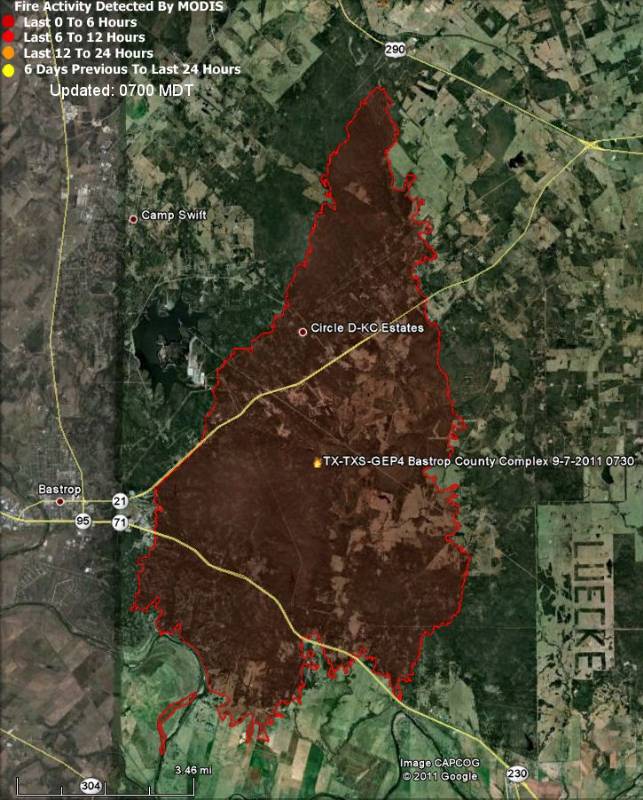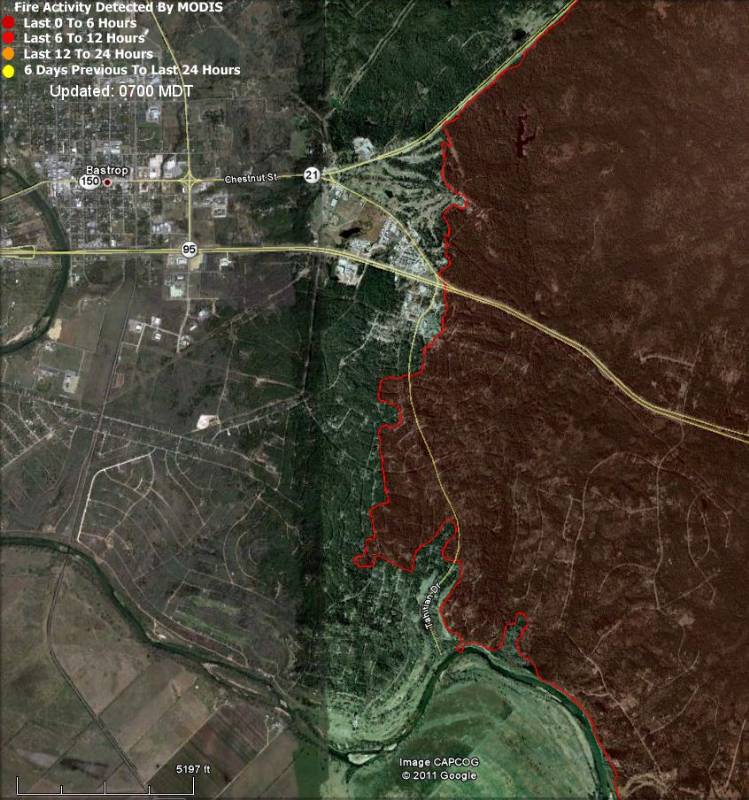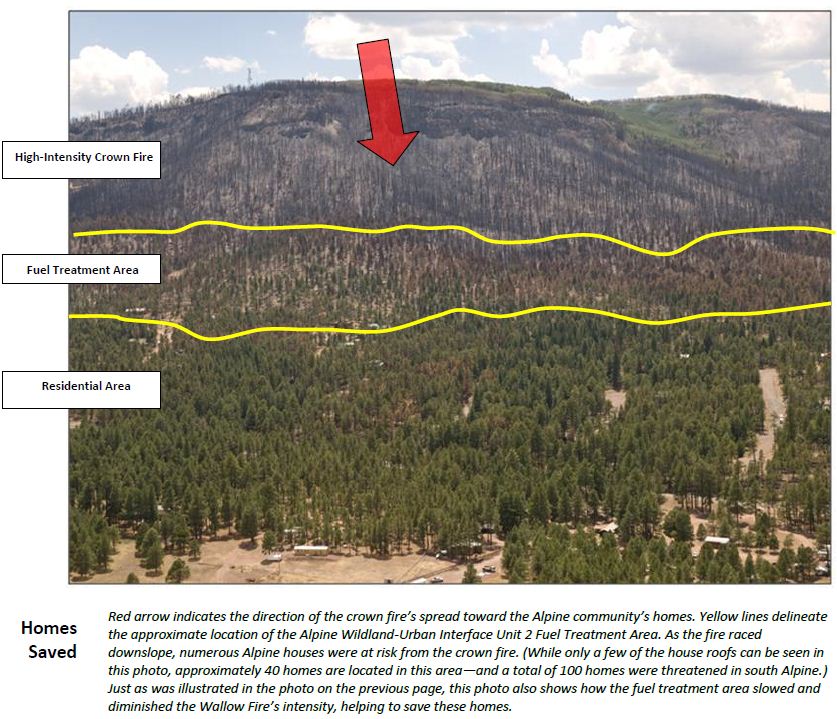
Yesterday the National Interagency Fire Center activated two C-130 Modular Airborne Fire Fighting System-equipped (MAFFS) aircraft and support personnel from the 187th Airlift Squadron, 153rd Airlift Wing, Wyoming Air National Guard, out of Cheyenne, Wyoming. They will be based in Boise to fight fires in Nevada, Utah, and Idaho.
This was done because there are only 11 large air tankers left in the United States that are on exclusive use contracts, contrasted with the 44 we had in 2002. Aero Union has closed its doors and shut down their P3 air tankers due to inspection, safety, and contract issues, and the U. S. Forest Service is not interested in awarding exclusive use contracts for Very Large Air Tankers (VLAT) like Evergreen’s 747 or 10 Tanker Air Carrier’s DC-10s. CAL FIRE cancelled their exclusive use contract on June 30 for one of the DC-10s due to the state’s budget crisis, even though they were very happy with the effectiveness of the aircraft on fires.
Both Evergreen and 10 Tanker were only offered Call When Needed (CWN) contracts by the USFS this year for their VLATs. The proposed contracts did not even have a minimum number of days that they would be used on each activation, such as the 5 days that are stipulated in CAL FIRE’s current DC-10 CWN contract. Evergreen told the agency that they could not maintain their 747 in response-ready condition, with crews, without any guaranteed income. 10 Tanker reluctantly signed the CWN contract.
Within the last few weeks the USFS temporarily brought on six CWN air tankers — three Convair 580s and three CL-215 scooper aircraft.

10 Tanker has two DC-10 air tankers, but at this time they only have one DC-10 air tanker crew, so they can only operate one aircraft at a time. When mandatory days off are required, they have to shut the aircraft down rather than bring in a relief crew. With no guaranteed contract, they can barely keep one crew available for CWN use.
One of the stated reasons for the USFS’s reluctance to use the VLATs is cost. But the MAFFS, with their large support crews, are not inexpensive. And the issue of using government air tankers instead of privately owned aircraft can’t be easily swept under the carpet.
Since dozens of air tankers were permanently grounded after two very old military surplus air tankers fell apart in mid-air in 2002, three studies have been commissioned to develop recommendations on how to reconstitute the large air tanker fleet. The last one was due in January, 2011, but it may not see the light of day until next year. But in the 9 years following those tragedies, nothing meaningful has been accomplished, and we’re down from 44 to 11 large air tankers. And no one has been fired.
One of the DC-10’s, the only one with a crew available, has been hired by the state of Texas for their current fire bust. At 12:40 p.m. MT they were reloading the aircraft with retardant for the third time today.











